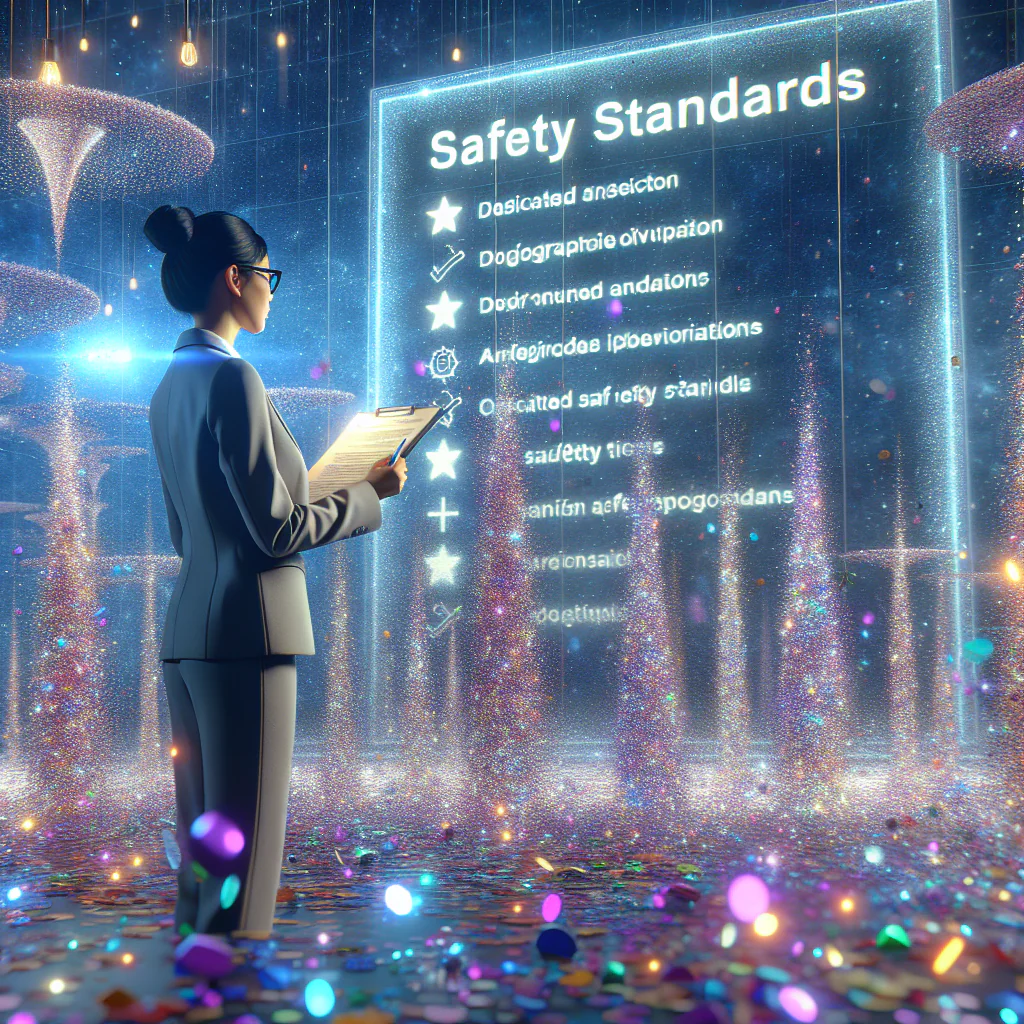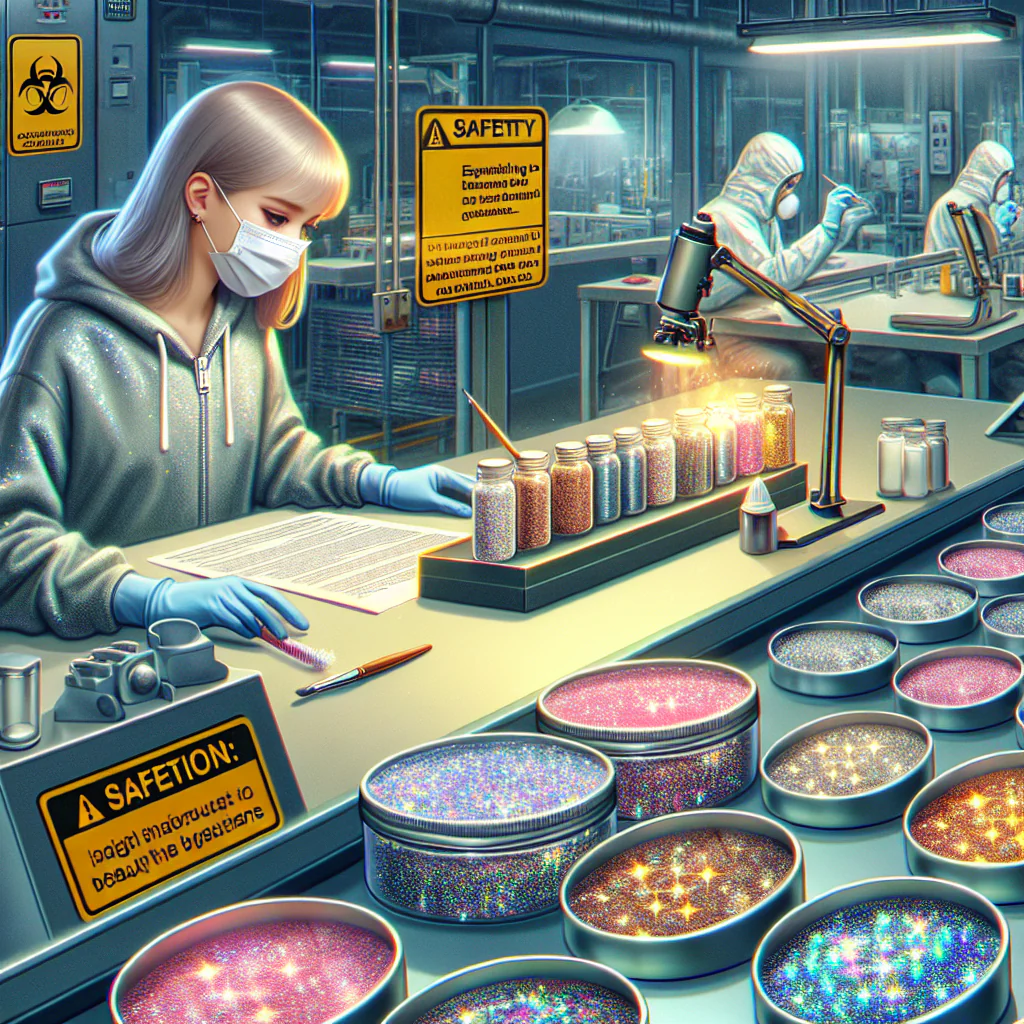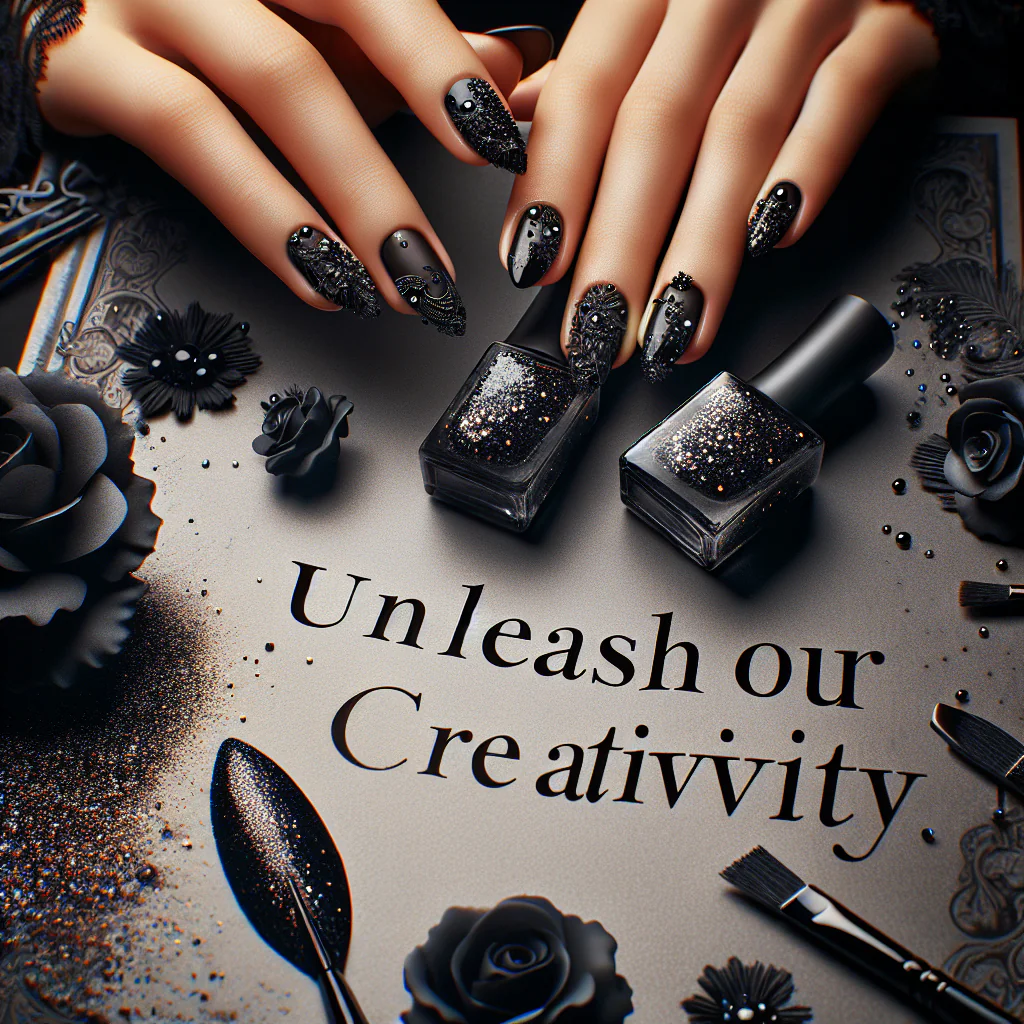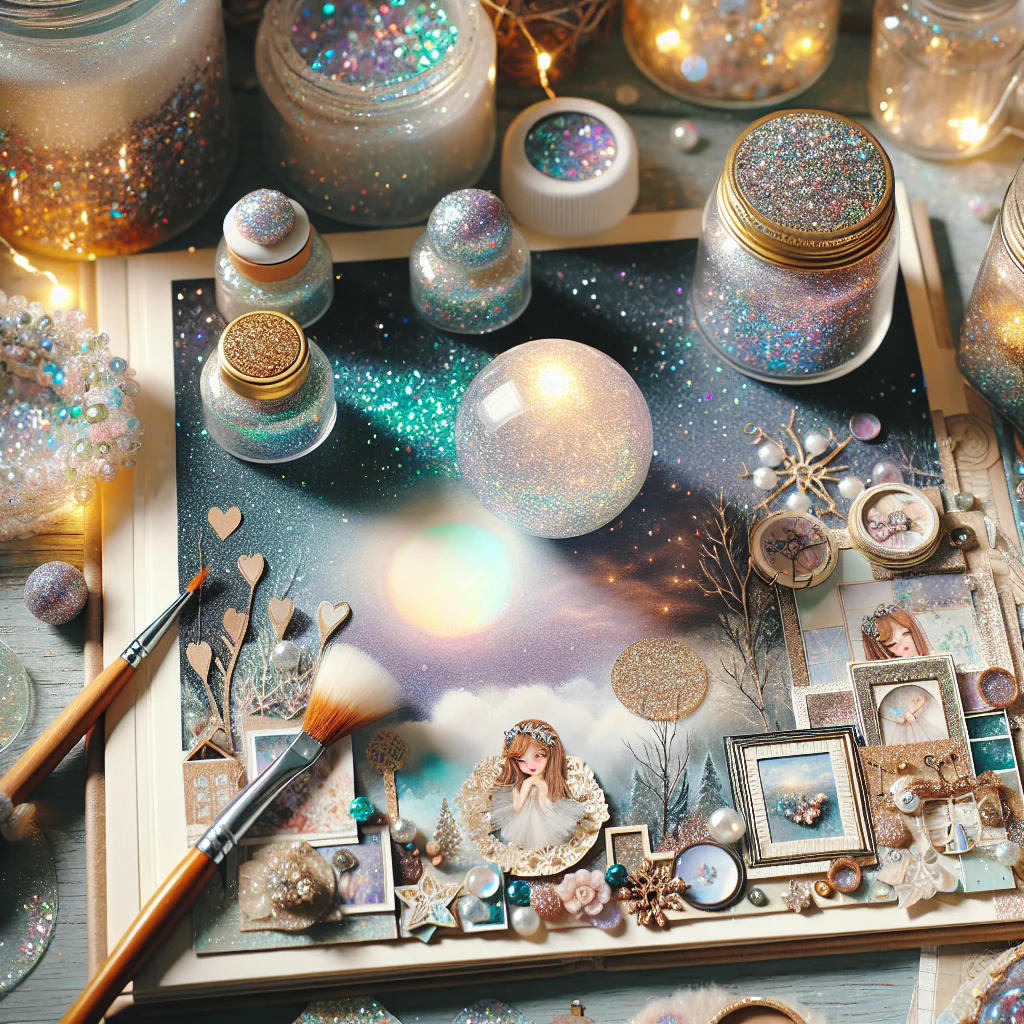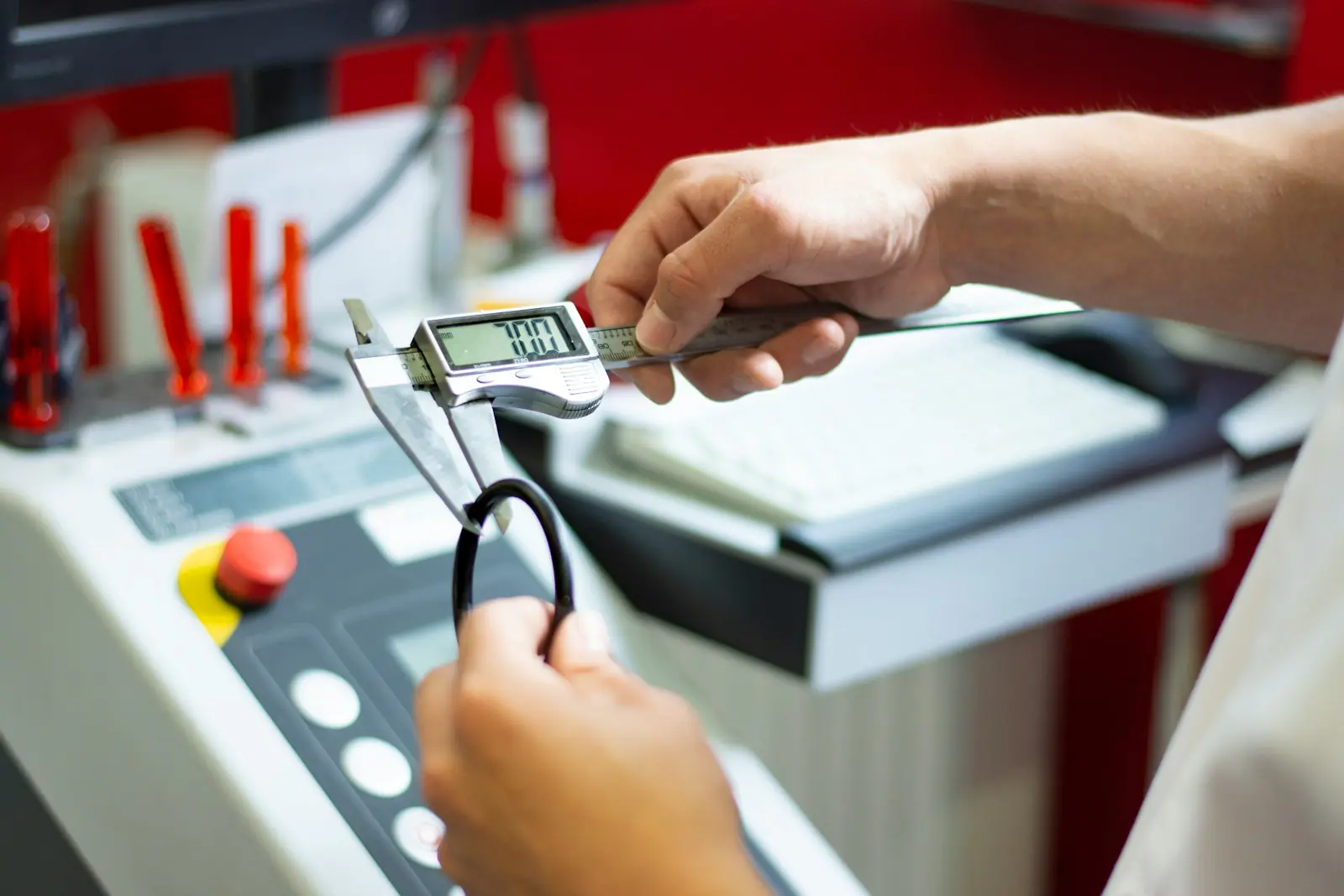-
Table of Contents
“Shimmer Safely: Holographic Glitter That Meets Cosmetic Safety Standards.”
Introduction
Holographic Glitter has gained popularity in the cosmetic industry for its eye-catching effects and vibrant colors. However, the use of such materials in cosmetics raises important safety considerations. Holographic Glitter safety standards are essential to ensure that these products do not pose health risks to consumers. These standards encompass regulations regarding the composition of glitter, potential allergens, and the safety of materials used in production. Additionally, guidelines for proper labeling, usage, and disposal are critical to minimize environmental impact and ensure consumer safety. Adhering to these safety standards helps protect users from adverse reactions while promoting responsible practices within the cosmetic industry.
Holographic Glitter Regulations in Cosmetic Products
The use of Holographic Glitter in cosmetic products has gained significant popularity in recent years, captivating consumers with its vibrant colors and eye-catching effects. However, as the demand for such products increases, so does the necessity for stringent regulations to ensure consumer safety. Holographic Glitter, often made from various materials, including plastics and metals, must adhere to specific safety standards to mitigate potential health risks associated with its use in cosmetics.
To begin with, regulatory bodies such as the U.S. Food and Drug Administration (FDA) and the European Commission play crucial roles in establishing guidelines for cosmetic ingredients, including Holographic Glitter. These organizations assess the safety of cosmetic components based on their chemical composition, potential for skin irritation, and overall toxicity. For instance, the FDA does not specifically approve cosmetic ingredients before they are marketed; however, it does require that all cosmetics be safe for use and properly labeled. This means that manufacturers must conduct thorough safety assessments of their products, including any glitter components, to ensure they do not pose health risks to consumers.
Moreover, the European Union has implemented the Cosmetics Regulation (EC) No. 1223/2009, which mandates that all cosmetic products placed on the market must be safe for human health when used under normal or reasonably foreseeable conditions. This regulation includes a comprehensive list of prohibited substances and those that are restricted in cosmetic formulations. Holographic Glitter must comply with these regulations, ensuring that it does not contain harmful substances such as heavy metals or toxic chemicals that could lead to adverse health effects.
In addition to these overarching regulations, manufacturers are also encouraged to follow good manufacturing practices (GMP) to ensure the quality and safety of their products. This includes maintaining clean production environments, conducting regular quality control tests, and ensuring that all ingredients, including Holographic Glitter, are sourced from reputable suppliers. By adhering to GMP, companies can minimize the risk of contamination and ensure that their products meet safety standards.
Furthermore, consumer awareness and education play a vital role in the safe use of Holographic Glitter in cosmetics. As consumers become more informed about the potential risks associated with certain cosmetic ingredients, they are more likely to seek out products that comply with safety regulations. This shift in consumer behavior encourages manufacturers to prioritize safety and transparency in their formulations. Consequently, brands that provide clear information about the safety and sourcing of their Holographic Glitter are likely to gain consumer trust and loyalty.
It is also essential to consider the environmental impact of Holographic Glitter, particularly those made from microplastics. As awareness of environmental issues grows, regulatory bodies are increasingly scrutinizing the use of microplastics in cosmetics. Some regions have begun to implement bans or restrictions on the use of microplastics, prompting manufacturers to explore alternative materials that are both safe for consumers and environmentally friendly. This shift not only aligns with consumer preferences but also reflects a broader commitment to sustainability within the cosmetics industry.
In conclusion, the regulation of Holographic Glitter in cosmetic products is a multifaceted issue that encompasses safety assessments, compliance with established guidelines, and consumer education. As the industry continues to evolve, it is imperative for manufacturers to prioritize safety and transparency while also considering the environmental implications of their products. By doing so, they can ensure that Holographic Glitter remains a safe and appealing option for consumers, contributing to the ongoing innovation and growth of the cosmetics market.
Safety Testing Protocols for Holographic Glitter in Beauty Applications
The increasing popularity of Holographic Glitter in cosmetic applications has prompted a critical examination of safety testing protocols to ensure consumer protection. As this innovative material finds its way into a variety of beauty products, including eyeshadows, lip glosses, and nail polishes, it is essential to establish rigorous safety standards that address potential health risks associated with its use. The unique properties of Holographic Glitter, which often consist of finely milled plastic or other synthetic materials, necessitate a comprehensive approach to safety testing that encompasses both the chemical composition and the physical characteristics of the glitter.
To begin with, the safety testing protocols for Holographic Glitter must include an assessment of the raw materials used in its production. This involves a thorough evaluation of the chemical substances that comprise the glitter, ensuring that they comply with existing regulations set forth by governing bodies such as the U.S. Food and Drug Administration (FDA) and the European Commission. These regulations often stipulate that cosmetic ingredients must be safe for human use, which means that any potential toxicological effects must be carefully studied. For instance, heavy metals, phthalates, and other harmful substances should be absent or present only in trace amounts, as their presence could pose significant health risks.
Moreover, the physical characteristics of Holographic Glitter, such as particle size and shape, play a crucial role in determining its safety for cosmetic use. Smaller particles may pose inhalation risks or lead to skin irritation, while larger particles could cause mechanical damage to sensitive areas, such as the eyes. Therefore, standardized testing methods must be employed to evaluate these physical properties, ensuring that the glitter is not only visually appealing but also safe for application on the skin and around sensitive areas.
In addition to chemical and physical assessments, biocompatibility testing is another essential component of safety protocols for Holographic Glitter. This testing evaluates how the material interacts with biological tissues, particularly when applied to the skin. In vitro studies, which involve testing on cell cultures, can provide valuable insights into potential irritants or allergens present in the glitter. Furthermore, in vivo studies, conducted on animal models, can help assess the overall safety profile of the glitter when applied in realistic cosmetic formulations. These studies are vital for identifying any adverse reactions that may arise from prolonged exposure to Holographic Glitter.
Furthermore, it is imperative to consider the environmental impact of Holographic Glitter, as the beauty industry increasingly shifts towards sustainability. The disposal of microplastics, which are often found in Holographic Glitter, raises concerns about their contribution to environmental pollution. Consequently, safety testing protocols should also encompass assessments of biodegradability and the potential for accumulation in ecosystems. By addressing these environmental factors, manufacturers can develop safer alternatives that align with consumer demand for eco-friendly products.
In conclusion, the safety testing protocols for Holographic Glitter in cosmetic applications must be multifaceted, encompassing chemical analysis, physical characterization, biocompatibility assessments, and environmental considerations. As the beauty industry continues to innovate, it is crucial that these safety standards evolve in tandem, ensuring that consumers can enjoy the aesthetic benefits of Holographic Glitter without compromising their health or the environment. By adhering to rigorous safety testing protocols, manufacturers can foster consumer trust and contribute to a more responsible and sustainable beauty landscape.
Consumer Awareness: Understanding Holographic Glitter Safety Standards
As the cosmetic industry continues to evolve, the use of innovative materials such as Holographic Glitter has gained significant popularity among consumers and manufacturers alike. This trend, while visually captivating, raises important questions regarding safety standards and consumer awareness. Understanding the safety standards associated with Holographic Glitter is essential for ensuring that these products are not only aesthetically pleasing but also safe for use on the skin.
To begin with, it is crucial to recognize that Holographic Glitter is often made from various materials, including plastic, metal, and even biodegradable substances. Each of these materials can have different implications for safety and skin compatibility. Consequently, regulatory bodies such as the U.S. Food and Drug Administration (FDA) and the European Commission have established guidelines to ensure that cosmetic products, including those containing Holographic Glitter, meet specific safety criteria. These guidelines are designed to protect consumers from potential hazards, including skin irritation, allergic reactions, and long-term health effects.
Moreover, the safety of Holographic Glitter is not solely determined by its composition but also by its size and shape. Microplastics, for instance, have come under scrutiny due to their potential environmental impact and their ability to enter the human body. As a result, many manufacturers are now opting for larger glitter particles that are less likely to be inhaled or absorbed through the skin. This shift not only addresses safety concerns but also aligns with growing consumer demand for environmentally friendly products. By choosing biodegradable or sustainably sourced glitter, consumers can make informed decisions that reflect their values while still enjoying the aesthetic benefits of holographic effects.
In addition to material considerations, it is essential for consumers to be aware of labeling practices. Transparency in ingredient lists is vital for informed decision-making. Consumers should look for products that clearly disclose the presence of Holographic Glitter and its composition. This information allows individuals to assess potential risks, particularly if they have known sensitivities or allergies. Furthermore, reputable brands often conduct safety assessments and provide documentation to support their claims, which can serve as an additional layer of reassurance for consumers.
As awareness of cosmetic safety continues to grow, so does the importance of consumer education. Engaging with reliable sources of information, such as dermatologists or cosmetic chemists, can provide valuable insights into the safety of Holographic Glitter and its appropriate use. Additionally, consumers should be encouraged to report any adverse reactions to products containing Holographic Glitter, as this feedback can help regulatory bodies and manufacturers improve safety standards and practices.
In conclusion, the allure of Holographic Glitter in cosmetics is undeniable, yet it is imperative for consumers to remain vigilant regarding safety standards. By understanding the materials used, the implications of particle size, and the importance of transparent labeling, individuals can make informed choices that prioritize their health and well-being. As the cosmetic industry continues to innovate, ongoing dialogue about safety standards will be essential in ensuring that consumers can enjoy the beauty of Holographic Glitter without compromising their safety. Ultimately, informed consumers are empowered consumers, capable of navigating the complexities of cosmetic safety with confidence.
Q&A
1. **Question:** What are the primary safety standards for Holographic Glitter used in cosmetics?
**Answer:** Holographic Glitter used in cosmetics must comply with regulations set by organizations such as the FDA in the U.S. and the EU Cosmetics Regulation, ensuring that the materials are non-toxic, non-irritating, and safe for skin application.
2. **Question:** Are there specific ingredients that should be avoided in Holographic Glitter for cosmetic use?
**Answer:** Yes, Holographic Glitter should avoid using materials like microplastics, heavy metals, and any substances that may cause skin irritation or allergic reactions, ensuring they are made from cosmetic-grade materials.
3. **Question:** How is the safety of Holographic Glitter assessed before it is approved for cosmetic use?
**Answer:** Safety assessments involve toxicological studies, skin irritation tests, and compliance with cosmetic safety regulations, often requiring manufacturers to provide safety data sheets and conduct risk assessments to ensure consumer safety.
Conclusion
Holographic Glitter used in cosmetics must adhere to stringent safety standards to ensure consumer safety and minimize potential health risks. These standards typically include regulations on the materials used, such as non-toxic and biodegradable components, as well as guidelines for particle size to prevent inhalation or skin irritation. Additionally, manufacturers should conduct thorough testing for skin compatibility and potential allergens. Compliance with these safety standards is essential to protect consumers and promote responsible use of Holographic Glitter in cosmetic products.




